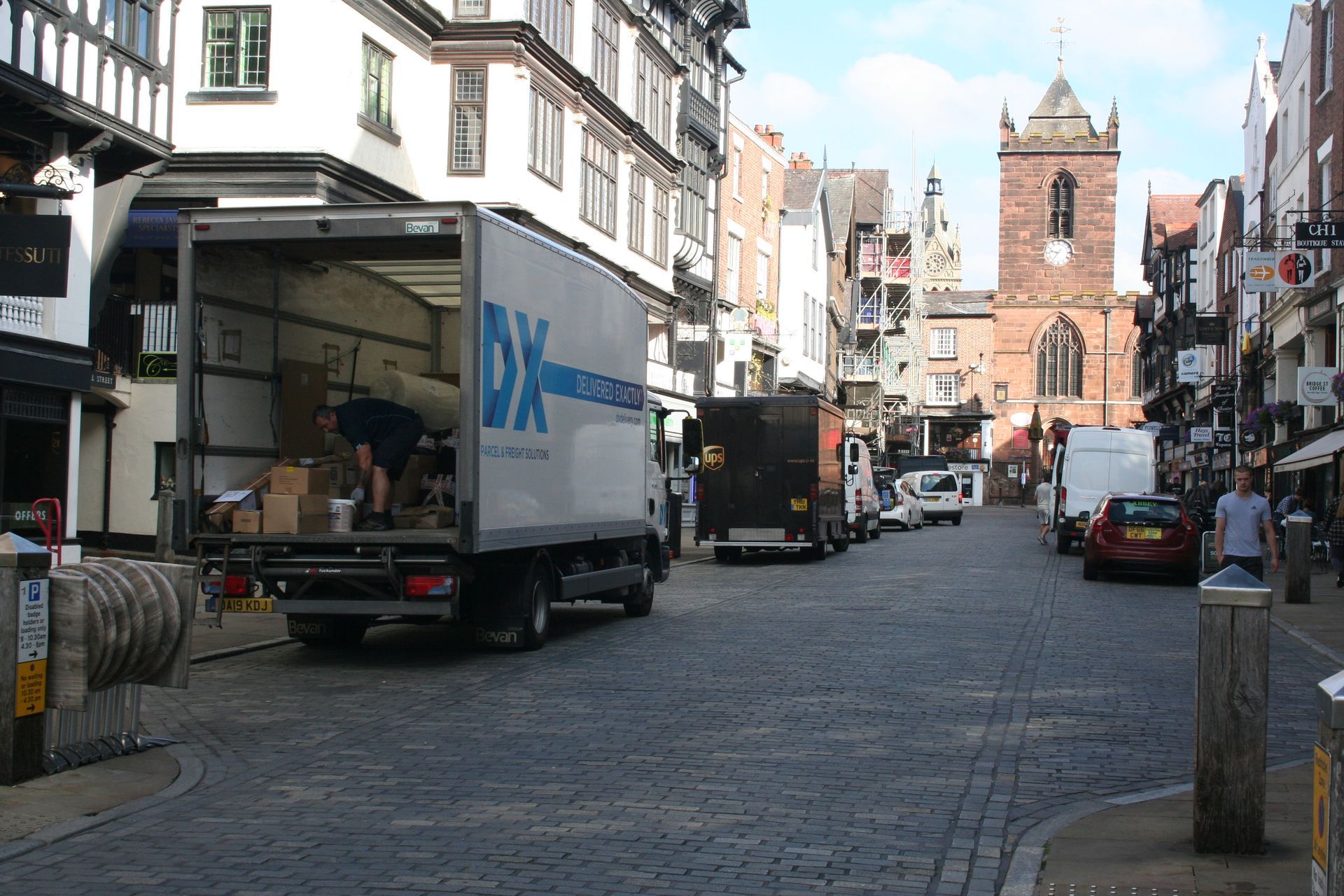Capacity Analysis
Quantifying supply
You may be a port that needs to understand the amount of capacity that is available at a competitor’s facility; or a shipper which wants to see whether there is capacity for a new rail freight service on a congested section of the rail network; or a public sector body that needs to establish where its scarce resources can best be applied to address infrastructure bottlenecks.
A strategic view of capacity
We help you to assess the capacity of port and rail network infrastructure using a cost-effective approach based on an understanding of the key parameters that affect the ability of infrastructure to accommodate greater volumes of traffic. MDS provides analysis of infrastructure capacity in two main areas:
The estimates of capacity are usually compared with our demand forecasts to produce calculations of capacity utilisation. In addition, we regularly provide road, rail and port demand forecasts that are used by engineering and transport planning consultancies to complete their own assessments of capacity utilisation of highways, railways and ports.
HOW CAN WE HELP YOU?
SUBSCRIBE TO OUR LATEST THINKING
Why MDST?
You can be assured that the capacity analysis is based on accepted parameters for different kinds of traffic or service using the relevant infrastructure, and that the analysis will be fully compatible with our demand forecasts. These techniques provide a strategic and cost-effective view of port and rail network capacity, allowing your scarce resources to be focused on the key infrastructure bottlenecks.
Clients include: Local and regional government, ports, developers of distribution parks.



